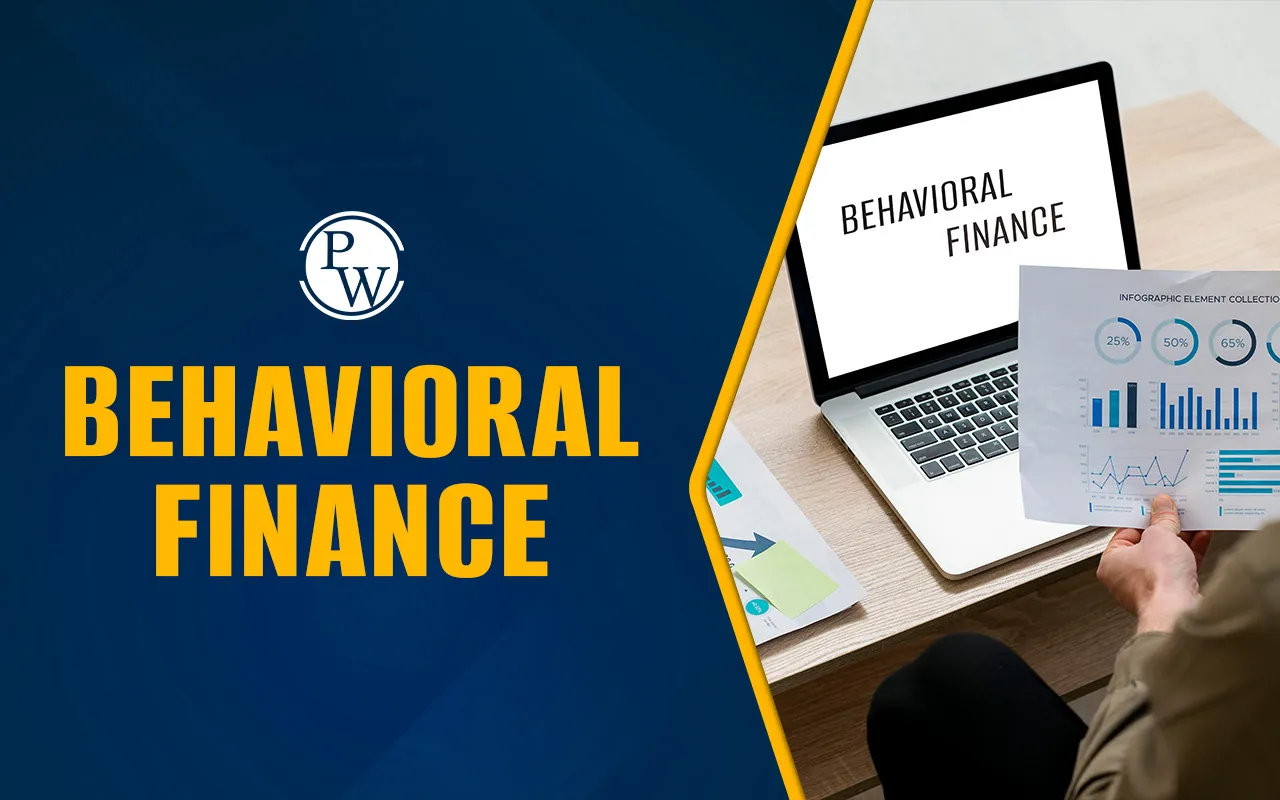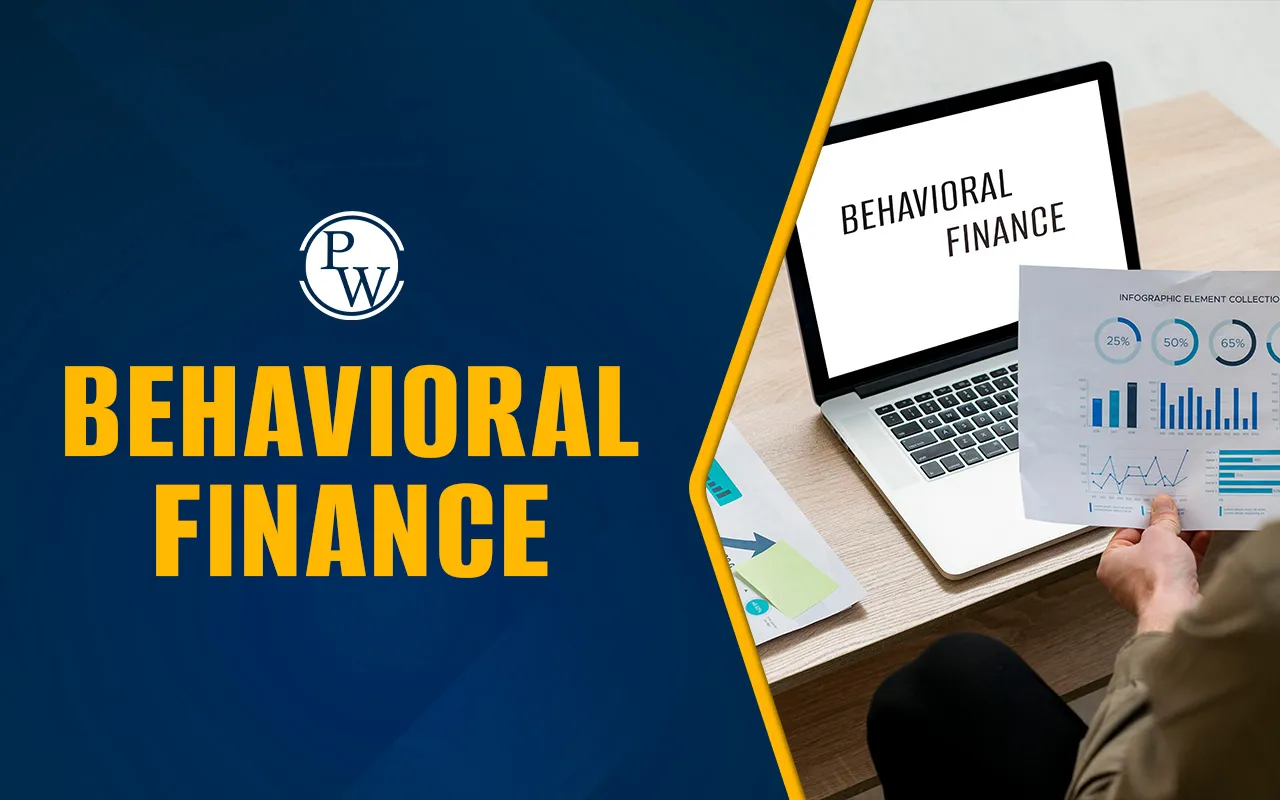
In financial decision-making, Behavioral Finance has emerged as a crucial field that blends psychology and economics. It examines how human emotions, cognitive errors, and social influences affect financial decisions, often leading to irrational behavior in markets. Unlike traditional finance, which assumes rational investors and efficient markets, Behavioral Finance acknowledges that real-world decisions are often skewed by psychological and emotional biases.
What is Behavioral Finance?
Behavioral Finance is a branch of finance that investigates the effects of psychological influences on investors and financial markets. It challenges the assumption that individuals are always rational and driven by objective data. Instead, it recognizes that people often act based on intuition, incomplete information, and personal experiences.
The question, What is Behavioral Finance, often arises in academic discussions and investor circles. In simple terms, it is the study of how people’s biases, emotions, and social influences shape their financial decisions. It explores why investors might hold on to losing stocks, follow the crowd without analysis, or be overly confident in their predictions.
Traditional Finance vs. Behavioral Finance Theory
To understand Behavioral Finance Theory, it's essential to compare it with traditional finance:
- Traditional finance is rooted in the Efficient Market Hypothesis (EMH), assuming that markets are rational, and prices reflect all available information.
- Investors in traditional models are presumed to have perfect self-control and make logical decisions based on data and probabilities.
However, Behavioral Finance Theory presents a more realistic picture:
- Investors are considered "normal" with psychological limitations.
- Decision-making is influenced by biases, emotions, and social behavior.
- Markets are not always efficient due to widespread cognitive errors.
In essence, Behavioral Finance Theory helps explain market anomalies and investor behaviors that cannot be justified by classical models.
Also Check: Financial Modeling Techniques and Applications
Core Elements of Behavioral Finance
Researchers categorize the root causes of irrational decisions in Behavioral Finance into four primary components:
Self-Deception: Overestimating one’s knowledge or ignoring contradictory information.
Heuristic Simplification: Using mental shortcuts to process information, leading to errors.
Emotional Influences: Letting mood or sentiment drive decisions instead of facts.
Social Influences: Making choices based on peer behavior or popular trends.
These elements give rise to various biases, which are the core focus of Biases in Behavioral Finance studies.
Top 10 Biases in Behavioral Finance
The field identifies a wide range of biases that impact financial decisions. Here are the ten most influential ones:
Overconfidence Bias
Investors often overrate their knowledge and forecasting abilities, leading to excessive trading and risk-taking.
Self-Attribution Bias
Success is attributed to skill, while failures are blamed on external factors. This distorts learning and improvement.
Hindsight Bias
After an event, people believe they could have predicted it. This leads to overconfidence and flawed analysis.
Confirmation Bias
Investors favor information that supports their pre-existing beliefs, ignoring contradictory data.
Narrative Fallacy
Creating a coherent story from random events, leading to flawed reasoning and poor decisions.
Also Check: 3-Statement Model
Representative Bias
Judging probabilities based on stereotypes or past patterns, even when they are statistically unfounded.
Framing Bias
Decisions are influenced by how information is presented rather than the information itself.
Anchoring Bias
Relying heavily on the first piece of information encountered (the "anchor") when making decisions.
Loss Aversion
Fear of loss is more powerful than the desire for gain. This results in holding on to losing assets too long.
Herding Mentality
Following the crowd without independent analysis often leads to market bubbles or crashes.
These biases show how deeply psychology can affect financial behavior. Biases in Behavioral Finance are a critical component of understanding market dynamics and individual decision-making.
Strategies to Overcome Behavioral Finance Challenges
While biases are inherent to human behavior, awareness and structured strategies can help mitigate their impact:
1. Focus on the Process
Rather than chasing outcomes, investors should build a rational, structured investment process. This encourages reflective decision-making, reducing the influence of emotions and social pressures.
2. Prepare, Plan, and Pre-Commit
Planning with clear investment rules can counter impulsive decisions. Pre-committing to a strategy reduces the temptation to deviate due to market volatility or emotional reactions.
3. Regular Review and Reflection
Frequent performance reviews and post-decision analysis help identify patterns of bias. This fosters continuous learning and behavior correction.
4. Seek Diverse Opinions
Involving independent advisors or discussing decisions in diverse groups can reduce echo chambers and help counteract confirmation or herding biases.
Practical Relevance of Behavioral Finance
Understanding Behavioral Finance has become increasingly vital for investors, financial advisors, and even policymakers. It helps explain phenomena such as market bubbles, panic selling, and investment fads. More importantly, it empowers individuals to make better financial decisions by acknowledging and managing their psychological limitations.
Institutions now incorporate Behavioral Finance insights into their advisory frameworks, portfolio management strategies, and risk assessments. By doing so, they aim to minimize the impact of irrational behavior and create more robust financial planning tools.
Behavioral Finance provides a deeper, more human perspective on how individuals interact with financial markets. Moving beyond the ideal of rational behavior, it helps explain real-world phenomena and equips investors with strategies to improve decision-making. Recognizing the role of psychology in finance is not just academic—it has practical implications that can shape better investment outcomes and healthier financial habits.
Whether you're a beginner or a seasoned investor, understanding what is Behavioral Finance, exploring Behavioral Finance Theory, and recognizing Biases in Behavioral Finance can profoundly improve your financial journey. You can make more informed, rational, and rewarding financial decisions by staying mindful of cognitive errors and emotional influences.
Step into the World of Professional Finance with PFCP – PRO
Gain a strong foundation in accounting, taxation, and financial management through PW Finance Course. This two-month hybrid certification program blends weekday live sessions with recorded lectures, offering practical case studies curated under the mentorship of PwC India. Whether you're a recent graduate or a working professional, this course helps you develop job-ready skills to confidently step into the finance domain.
Join PW Finance Course and move closer to a future in finance that’s driven by knowledge, skills, and industry relevance.
Behavioral Finance FAQs
What is Behavioral Finance, and why is it important?
How does Behavioral Finance Theory differ from traditional financial theories?
What are the most common Biases in Behavioral Finance?
Can understanding Behavioral Finance improve investment outcomes?
Who can benefit from studying Behavioral Finance?













